|
"Hello, tree!" said the child.
What might seem like an innocent way of greeting their surroundings is more insightful than we may realize. In buzzing about our days between lunch-packing, drop-offs, work emails and music lessons, it is easy to forget the relationships around us. However, when we slow down and listen to this child's greeting of a non-human neighbour, we are reminded of the larger web of relationships in which humans belong. The relationship to this place builds moment to moment and season to season. What was first a big unknown forest at the Nordic Centre for the children is gradually becoming "the stuck hill", "lion's den", "monster log" or a favourite hiding spot; we race down the hill to see tracks left by our animal neighbours such as Chippy and Mule Deer. Over time, these experiences deepen a connection with this place. When children are more connected to the Natural World, they come to understand a sense of belonging within a larger community; when children (and adults!) sense that they belong, they become more fully alive and inspired to share their gifts. Although the trees might not respond to our greeting with an audible"hello", their stomata (tiny pores on the underside of leaves and needles that open to 'inhale' carbon dioxide necessary for photosynthesis) are certainly inhaling our exhalations and remind us of the incredible network of intelligence and relationships that we integral to. So, next time you feel the world rushing by and the schedule tightening, try greeting your neighbourhood tree with a friendly, "hello" and let us know the conversation that follows :)  Higher, faster, harder. Dirtier, better, scarier. At this age, it seems the more risk, the better! Pushing their limits and the edges of their world (maybe our edges, too ;)) is one part of self-discovery, but why does it matter? It is likely no news to you that fire building, sliding on ice, jumping from heights and using sharp tools is all part of a regular day at Forest Play - and perhaps at home, too! We'd like to take this opportunity to flesh out just how important risky play is to healthy human development. When it comes to physical health, organized sports and activities are certainly important. However, children improve motor skill development, cardiorespiratory fitness and musculoskeletal fitness primarily through play - especially when it goes beyond their comfort level. At the same time, children engaging in play beyond their existing skillset (e.g. sliding faster down a hill or climbing higher) are improving their emotional health as they assess the source of their fear and develop the skills to overcome these fears. Often accompanied by a conversation with a leader, potentially dangerous activities are assessed to understand that a risk becomes a hazard when the activity extends too far beyond our capabilities. For example, if a child is climbing a tree or wanting to slide faster, we ask, "what would happen if you fell or crashed? Would you get a scratch, bumps and bruises or broken bones? How do you feel about the consequences?" (thanks to local mountaineer, Will Gadd, for helping us develop this language framework). The contemplative look we often see in response to these questions is self-awareness in the making. Checking in with these questions creates a moment for the child to assess and define their own level of risk tolerance, when they're exceeding it and when they might get hurt. Developing this level of self-awareness takes time, but gradually children who regularly engage in self-directed risky play are more likely to develop as self-sufficient, confident, resilient and creative humans. Whether on the ski hills, trails or navigating difficulties, we hope this knowledge helps you and your family adapt to life's edges! Whether through our owl eyes, deer ears or coyote noses, opening up our senses this fall season tunes us into another level of experience in the Natural World.
Why Owl Eyes? We tune into Owl Eyes when we want to see with more awareness or wide-angle vision. Owls have incredible binocular vision to increase depth perception and focus thanks to tube-shaped eyes instead of round eyeballs like we have. Without eye sockets and moveable eyes, Owls move their entire head (up to 270 degrees!) and must keep their gaze soft and open to track movement. Seeing with wide-angle vision allowed us to track changes above, below as well as beside us. Why Deer Ears? As much as we dream it, we can't grow new ears. We can, however, cup our hands and place them behind our ears to expand our sense of hearing! At Forest Play, we call these our Deer Ears. Taking after our Deer friends who move their ears instead of their head, we changed the position of our cupped hands to pick up near and far away forest frequencies. Why Coyote Nose? Olfaction, the act or process of smelling, is Coyote's dominant sense. Whereas humans are sight-dominant animals, Coyotes' brains are dominated by more than 200 million olfactory receptors. Although their sense of smell is estimated to be 100 times more powerful than humans, our Coyote Noses tracked a diversity of smells from pine, spruce, juniper and decomposing leaves to the cinnamon and mustard in our lunches and the poplar bark, rose hips, yarrow and fresh dirt. 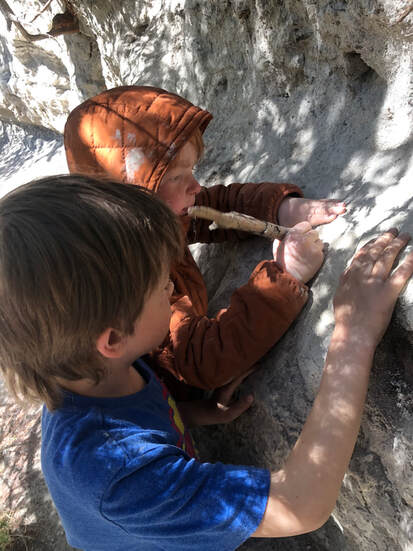 “Can I go back to digging out dinosaur bones now?” or “we found the toad!” and “c’mon! I have a game to show you!” are just some of the comments from the children at Forest Friday this spring. These comments capture the direction of Spring; a direction towards exploration, searching for treasures, adventure into the unknown and hidden places. The Spring season offered new life, hope and a reminder that despite challenges, we are surrounded by growth and opportunities. At the beginning of the spring season (April), we returned to the Quarry Lake Park. This familiar and storied place often means that the children already have a specific game, idea, place or activity they want to do and are jittering with anticipation when they arrive! The initial context of the continuing COVID-19 restrictions, time indoors at school and limitations to their social time, informed our initial intention to create a space to reconnect with places we’ve come to love (like the creek, canyon camp, the willow thickets and Story Rocks) to allow the freedom to explore, reset their nervous system, regenerate their energy and buffer the more restrictive world they may have faced. Each session, we hope to create a safe place for children to be calm if that is what is needed or loud and energetic if that’s the energy that is pulling them. As the season progressed, their needs shifted and the restrictions eased, we approached the familiar in new ways. By moving away from the expected and routine, we challenged the groups to consider how sometimes our greatest limitations are the ones we place on ourselves. This theme carried through the season in our lunchtime story and led us to discover the familiar in new ways. We learned about the uses of rose leaves for insect bites, discovered new routes to familiar places and observed the various stages of tadpoles and toads. From harvesting and carving bows and arrows to collecting and processing dandelion salves, our intention is to expand awareness of places, plants and wildlife, foster independence and deepen connection to self, others and the natural world. The summer heat is here and we thank you for your continued trust. Wishing you a happy and fun summer season! Can you hear it? Can you see it, smell it and feel it? From the cheerup-cheerio of the robin song to the arrival of rufous hummingbirds, to mud puddles, patches of deer hair on the ground and the growth of the fuzzy stemmed prairie crocus we have tracked the arrival of spring in Canmore! To greet the new season, children crawled on the ground to take in the smell of the soil after the snow melted, smeared the cool mud on our hands and noses (and all over!) and listened to the curious trickling sound of the water under the creek ice. Spring is an exciting time. We witnessed the places we came to know over the snowy winter months transform and we meet them anew. As the forest has changed with the arrival of Spring, so have we. It is fascinating to see how the children have emerged from winter energetic, stronger, more self-sufficient and aware! Like the deer shedding hair, the children have shed their winter layers and are noticeably more energetic and agile – jumping over logs, walking along logs and running fast as though fuelled by the warmth and height of the sun. Their self-awareness shows up in the way they clip their own chest strap after putting their backpack on, listening to their bodies to take a drink of water and going for forest pees with greater ease now that those bulky winter layers have been shed. We’ve observed how their social awareness is expanding with more friends helping friends up slippery slopes, and sharing exciting forest discoveries with others (“come see this strawberry leaf!”). Awareness of the natural world is fuelled by the curiosity that comes with noticing new sounds, smells, flavours, sights and textures. Most notably: sticky, ooey, sloppy, cool... MUD! It was a common occurrence in April, that children would return to the parking lot with faces, hands, coats and pants caked in mud. We heard parents receiving their children with, “I’m so proud of you!” or “it looks like you had a really fun day!!” Thank you for validating your child’s experiences. Receiving them with a positive reaction helps them feel good about the thrill of the adventure and less focused on the cold and discomfort - especially when this is a new experience for your child. Children who explore through all their senses and work through moments of discomfort are better able to self-regulate and manage adversity.
Although the current COVID-19 restrictions have closed programming for the time being, we are confident that a reopening is possible on May 25th. We are excited to explore new areas at Quarry Lake Park alongside your children. The boulder fields, willow thickets, cool creek water, changing vegetation and new forests bring endless opportunity! 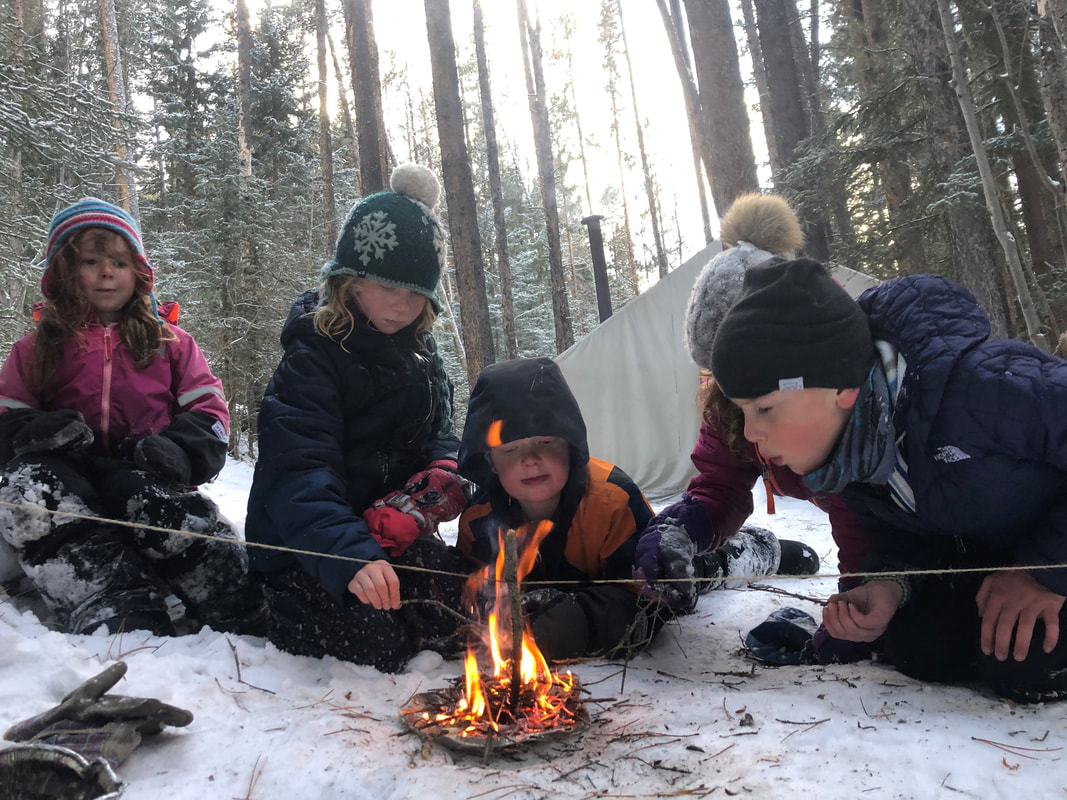 Winter 2021 was milder than many and served up many changes that we needed to adapt to: freeze/thaw, snow/rain, and cold/warmth. On our Forest Fridays, some well-timed blizzards and wet snow served to make the challenges harder and the subsequent successes a little sweeter. As children move from 6 to 11 years old, there is an increasing desire for them to assert greater independence, to test their skills and abilities and evolve their play to include more elaborately structured relationships and strategies. The backdrop of constantly changing conditions and weather proved to provide opportunities to build resilience, social skills and wilderness skills. We were impressed with the teamwork, strategy and resilience that evolved as challenges, play and activities evolved - even as change hovered around us both in the forest and in our schools, families and communities with the ongoing pandemic. There were sessions when strong winds brought on sudden snow storms. We adjusted with more layers and more sliding! Change manifested itself in the practical makeup of the Forest Play program when group size and composition changed in response to shifting restrictions. Sometimes an ‘amazing plan' was thrown out last minute to adapt to incoming weather or an absence. The natural world is a powerful teacher that demonstrates how adapting to change builds resilience and inspires growth. Following the theme of change, adaptation and resilience, the story at lunchtime described the adventures of two cousins, Nordegg and Cynthia. We created this story to describe how the pair dealt with adversity and challenges and increased their independence, skill and resiliency through adaptation, empathy, persistence and practice. From the sudden departure of the character’s parents at the beginning of the story to the endless chores created by the quirky Grandpa, we imagined what it would be like to have to spend a night out in the wild, track down your food and find your way home. The subsequent challenges and activities the children participated in took the form of matchless fire building, animal tracking, shelter building, mapping, cooking, chasing, stalking and sliding (lots of sliding). Part of the process in presenting the children with a fun challenge each session, was to allow the leadership, teamwork and creative problem solving to play out.
One day, the children were presented with the challenge to move a cumbersome log (likely weighing up to 80lbs), from one point to the next. Taking inspiration from the story, two groups of four children not only met the challenge with excitement, they persevered and excelled in spite of dumping snow, sideways wind and dropping temperatures. Some groups rolled the log, others made teams to carry it, others tried sliding it on the snow. The adversity of the day was furthered when the challenge to build a matchless fire was presented. Without a moment of hesitation, sparks were flying. In meeting the challenges and adversity, the children bolstered their confidence, worked through frustration and disagreement and at the end of the day went home with a sense of accomplishment and pride. The Forest Friday sessions provided an opportunity for the children to explore, have fun with their peers, take chances, make mistakes, get frustrated and find creative solutions. It is our hope, that by creating and holding space for children to learn through outdoor play that confidence, social skills, independence and resilience will grow. In turn, they will be better able to respond when confronted by inevitable moments of adversity. 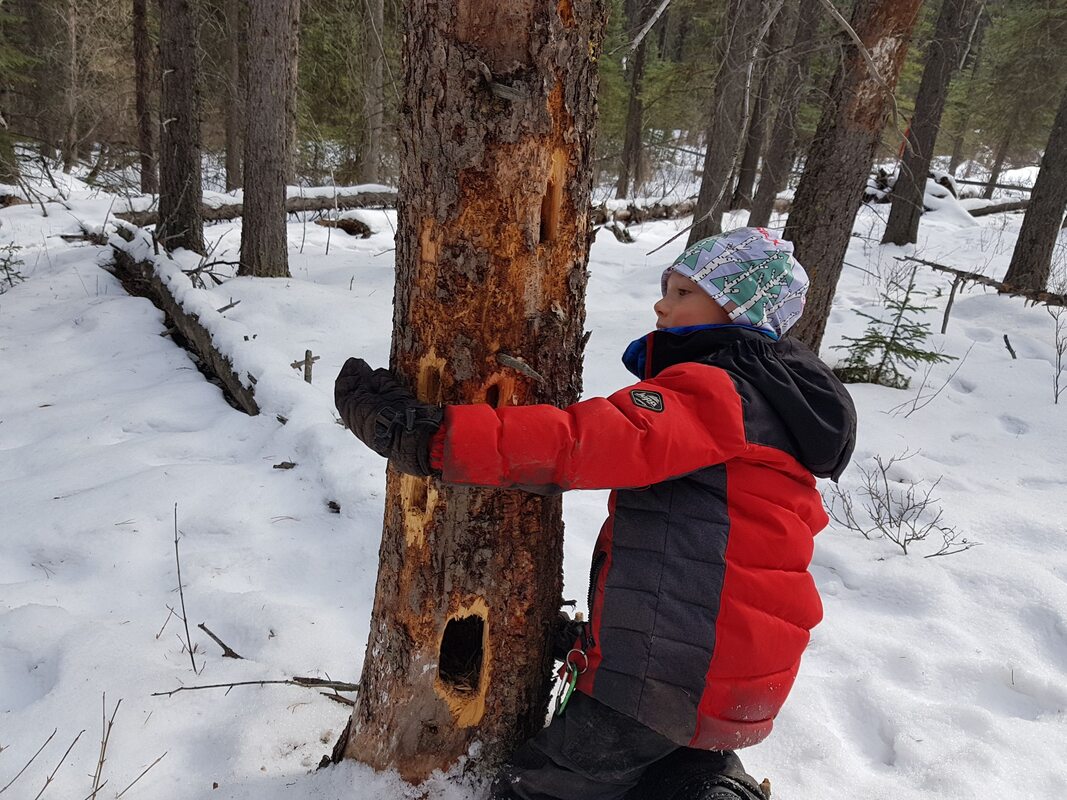 We shouldn’t be surprised. Yet every season, we are amazed at just how much the childrens’ level of awareness improves! At Forest Play, we design our programming around the 8 Shields mentoring model for nature connection. This philosophy follows the cycles in nature and learning and supports our work to connect children to themselves, others and the natural world. The scientific research and cultural examples supporting this model show us that awareness is indicated in numerous ways. Awareness may show up when a child finds a moment of solitude, or a “quiet mind”. Awareness may present itself as “caring and tending” when children use their kindest words to speak to friends, plants or leaders. Among others, awareness is also indicated through “self-sufficiency”, like learning to put on that cumbersome backpack (!), as “awe and reverence” when we give gratitude to the fresh snow or tasty lunches, through “inquisitive focus” when we ask questions about who made the tracks in the snow as well as “aliveness” when speeding down a slippery hill! Observing how, when and why these indicators of awareness appear helps us understand how to best support the children and create the sessions accordingly. Continuing on our winter theme, the stories, activities and games focused on winter adaptations of local wildlife. The winter forest elves, Icicle and Snowflake, went on adventures with bighorn sheep, woodpeckers, wolves and porcupines! There were lessons in eating behaviour (bighorn sheep have 4 (FOUR!) stomachs to help them eat quickly in meadows and retreat quickly to digest on high ledges), communication (the pileated woodpecker drums on trees to stake its territory) and physical adaptations (the waxy coating on a porcupine quill has antibiotic qualities that prevent infection should it accidentally prick itself). Listening to a story about a pileated woodpecker then seeing evidence of one or finding bearberries after learning about what meadow vole eats is when connections come to life. Thanks to the Canmore Nordic Centre Provincial Park, we have the incredible opportunity to take inspiration from the story, mix in some curiosity and explore open spaces. Familiarizing ourselves with the scat and tracks of mule deer, coyote, red squirrel, pine marten and snowshoe hare, for example, help us and the children develop relationships akin to having neighbours in the forest. We’re looking forward to where the spring season and coming adventures may take us. With an increased level of awareness, the possibilities are endless! Over the past 6 weeks of play and learning, we have explored how animals adapt to life during the colder months here in the Rockies. By drawing our awareness to the local wildlife, we focused on an animal or insect each week to help us explore: how do animals adapt to winter? Snowflake and Icicle, the winter forest elves, welcomed the season as they woke up from their deep hibernation. Through the elf adventures in the lunchtime story, we learned how mule deer lowered its metabolism in winter to conserve energy, how spider didn’t freeze in sub zero temperatures thanks to curious antifreeze qualities of its hemolymph (the spidery version of blood) and why lynx has extra fur between the pads of its paws like built-in snowshoes to help hunt in winter. The lunchtime story allows us to weave the wisdom in animal adaptations into fun, imaginative and relatable stories. Our intention with oral storytelling at Forest Play, is to take the focus away from explicit information and focus on fostering an unwavering curiosity, awe, wonder and respect for the natural world. By adding imagination and context to information, stories inspire children to lead their own learning and follow their curiosities. We see this when the children explore their curiosities as the characters or animals enacted through play. Embodying the lynx, for example, the children prepared to pounce and told their friends, “shh. Keep quiet. Don’t scare away my prey.” Animals and insects adapt to winter in numerous ways such as planning ahead and having a safe place to go, preparing and storing food, knowing how to camouflage, minimizing effort when moving through the snow (adapting with big feet, for example, or dispersing weight and following packed trails). Beyond embodying the animals through play and the magic of the story, nature connection is deepened when the children encounter and observe the animals in real life. Drawing awareness to deer, snowshoe hare, pine marten and meadow vole tracks in the snow or the chance encounter to observe animals in the forest, the invaluable nature connection experiences are further deepened. Despite the COVID-19 pandemic and cold weather adjustments, we feel grateful that we are able to continue offering valuable outdoor experiences for your children. We look forward to what the rest of the winter season has in store! Catching their Stories As your child(ren) returns home with snowy, dirty or wet mittens, you have an opportunity to receive their experiences or catch their stories. Showing a genuine interest and encouraging them to share in increasing detail helps validate and deepen their experiences. Some days, they may be excited to share a lot and other days, not very much - it all depends on the child and the day! Asking questions such as:
PIECES OF PEACE12/23/2020 Adventures and challenges help us build new skills and inspire us to think differently. The past few months at Forest Play, we've been on many adventures inspired by the interests of children in our Forest Friday program and the story we've been sharing at lunch. In the story, the main characters (Evalyn and Eric) find themselves traveling to the Northern Kingdom - a place where they expect to uncover the seeds of a potential war. The place they visit and the people they meet are not what they expect and their journey leads them to uncover the "pieces of peace." Some of our adventures this season at Forest Play required agility, speed and teamwork skills to retrieve pieces of a puzzle. Other times, map reading and way finding skills were put to the test as children navigated through the forest to find the letters to spell UNITY - one of the "pieces of peace." Their ability to work through potentially frustrating challenges gave them the opportunity to see the value and importance of finding an inner sense of calm or INNER PEACE when working through difficulties. They rose to the challenge and guided their friends blindfolded through a maze of fallen logs and obstacles, rescued stranded rubber chickens and walked safely across an area of "boiling lava" using limited lava-proof tools. The final challenge of the season brought their stories and adventures from the previous weeks back in riddle form. The challenge was to recall where in the landscape those adventures occurred and to work together and use the "Good Message" while finding what they needed to light a fire and bake apples. The GOOD MESSAGE is about using our finest words when speaking about or with others. The "pieces of peace" (Unity, Inner Peace, The Good Message) are part of what is often referred to as the "Peacemaker Principles" and have been part of traditional Haudenosaunee society for centuries. Shared through the 8 Shields Institute, we integrated them into our story and our programs so we could shine light on the puzzle of peace and how we can work together to create peace. We were impressed by the children's creativity, problem solving skills and enthusiasm this season and look forward to seeing them again in the winter, spring or summer. May your families have a joyful and peaceful holiday! 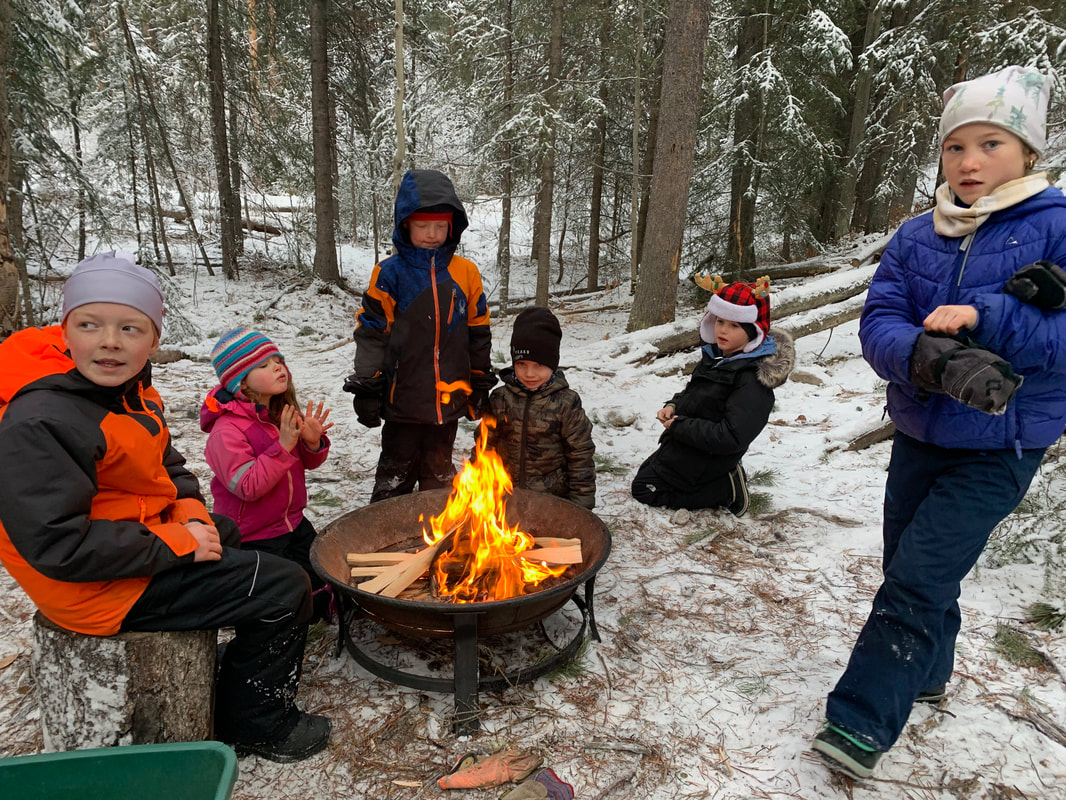 As the nights have become longer and the days shorter, we have all noticed the change in light. It might be that we feel more tired than other times of year, or perhaps a little more introspective and reflective. Our bodies are attuned to the changes in light and we have a "sense of light" as much as we have a sense of smell, sight, touch, taste and hearing. Some researchers, such as Dr. Michael J. Cohen, have highlighted "sense of light" amongst 52 other "natural survival senses" that all humans have. When activated, these senses can help lead us reconnect with the natural world, ourselves and others.
During the past few weeks of Forest Play, we've drawn attention to the changes in light and shared stories and inquiries about where we can find the light during the dark time of year. We've explored the forest and noticed that some places have more sun than others. We've seen how ice and water can capture and filter light. We've also noticed that trees like spruce, pine and fir are still able to gather the light of the sun- even in the depths of winter- and share it with us through their green needles. We take in some of that light when we drink our spruce tea and Christmas trees are traditionally brought into our homes to remind us that the green plants will come back and the light will return. Within the forest, light can also be hidden, but coaxed out and shared. This happens when we burn wood in our wood stove and outdoor fire pit and also when we burn sap for candles. Using hand saws, we cut small tree cookies from dead wood and felt the exertion stoke the fire inside our bodies and bring heat to our toes and fingers. We collected sap from trees and watched as the sap extended the light and life of our matches. Providing we kept feeding the candle small amounts of new sap, it kept burning. There is wisdom here for us too - each of us has a light we can share. Through kind words, laughter, play, stories, helpful actions and compassion for each other and nature, we share our light and in so doing move through darker days with support and hope. May you and your family find light and joy over the holidays! This fall, Friday afternoons arrived with a great sense of anticipation - both for Forest Play leaders and for the children. Many of the children in our Friday afternoon programs for 6-10 yr olds have been with us for many years and we love it when they arrive bursting with questions and a list of things they want to do: "Can we carve?, I want to finish my sword. Can we play camouflage? Can we go to the canyon today? Can we play Hunger Games or Busted today? Will there be time to go to the creek?" The passion and the exuberance they show when engaged in the activities is a sign that these children are exhibiting one of the attributes of connection that we aim to foster at Forest Play: Full Aliveness. As described by Jon Young: "People with this attribute live fully in the moment. They put everything they have into what they are doing without 'pulling any punches' If you’re going to sing, then REALLY sing. If you are dancing, then REALLY dance!” The children in our Friday afternoon programs love challenges and projects - whether it is building shelters, honing their skills to blend in with the forest, making beautiful art with yarn, rocks and elements from the natural world or learning new skills like carving. While engaged in their passions, we notice where their edges of knowledge, skill and awareness are and when we meet them next, we work to help them move beyond those edges so they can deepen their sense of aliveness.
|
Why Stories?It is said that stories live on the wind and those who are aware and whose senses are alert, can catch the story that needs to be told in that moment. Archives
February 2022
Categories |
Proudly powered by Weebly

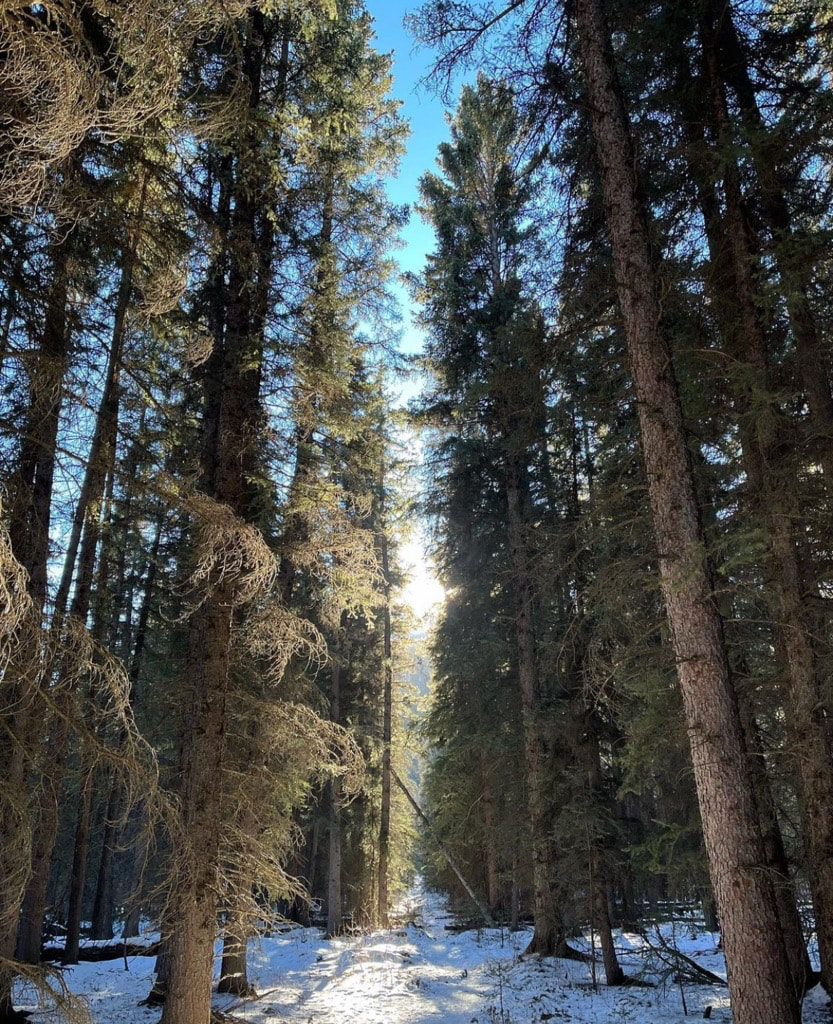

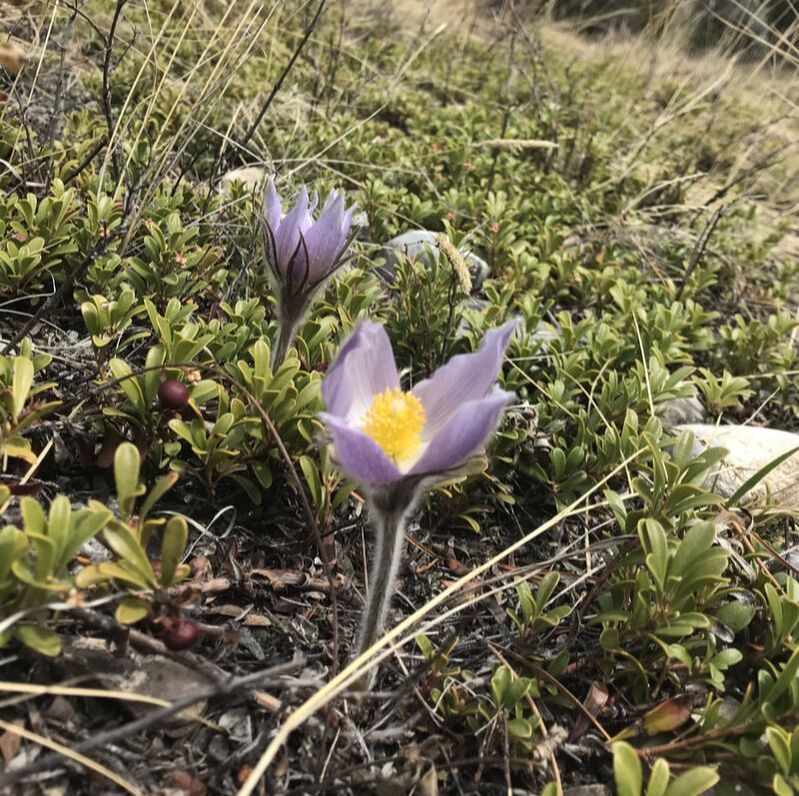
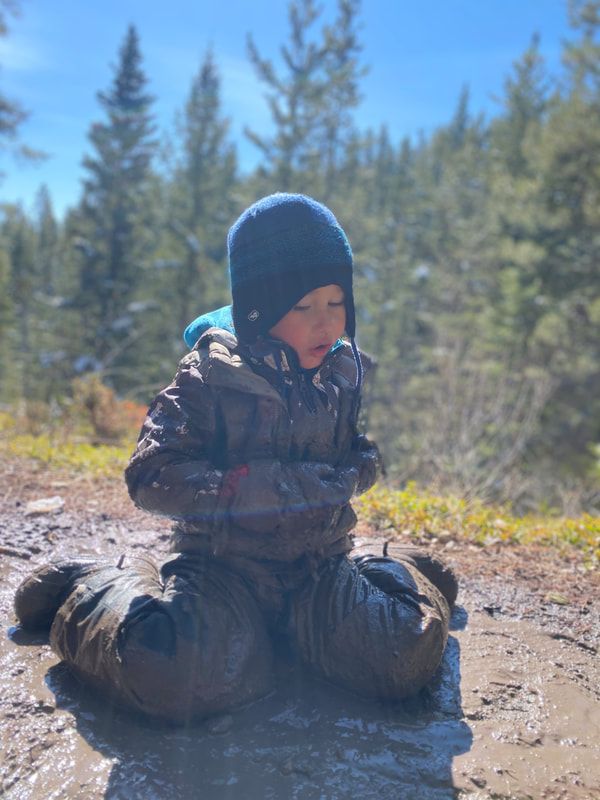
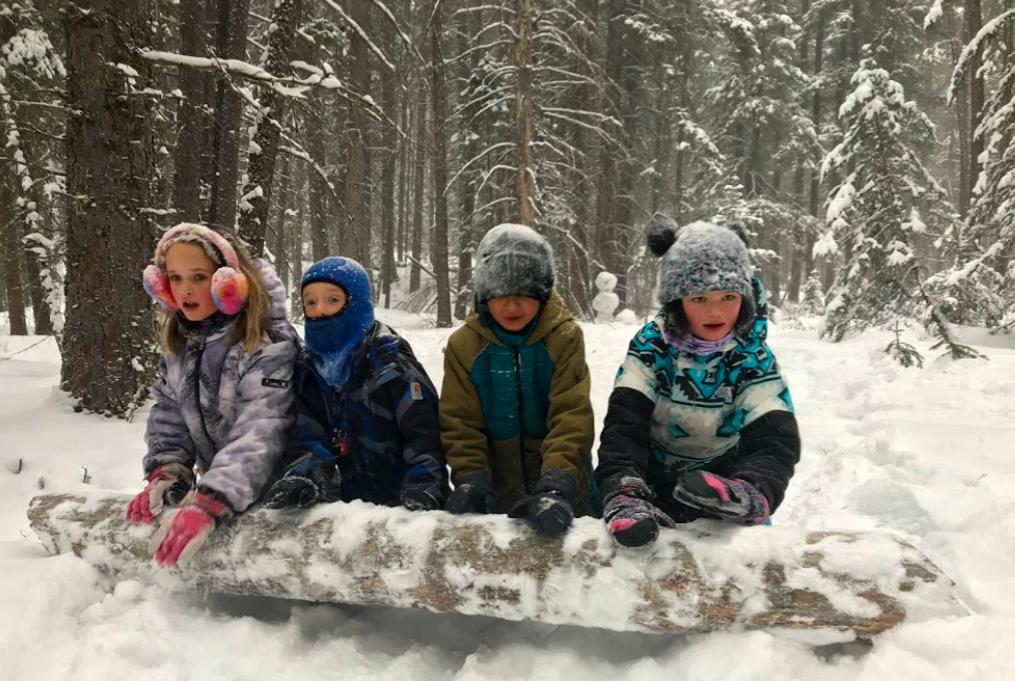
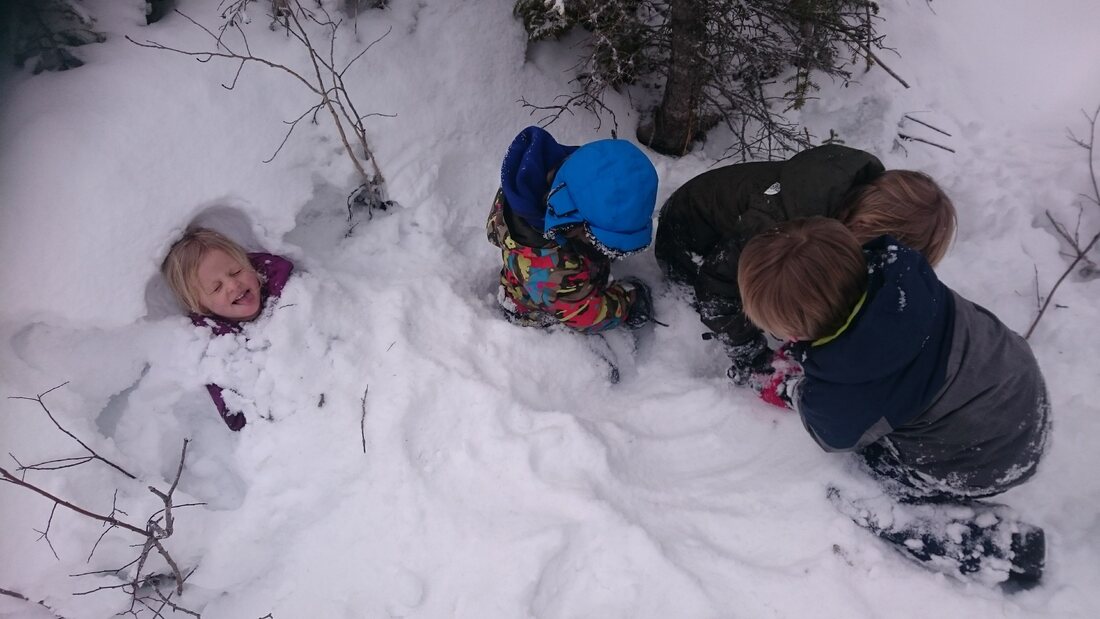
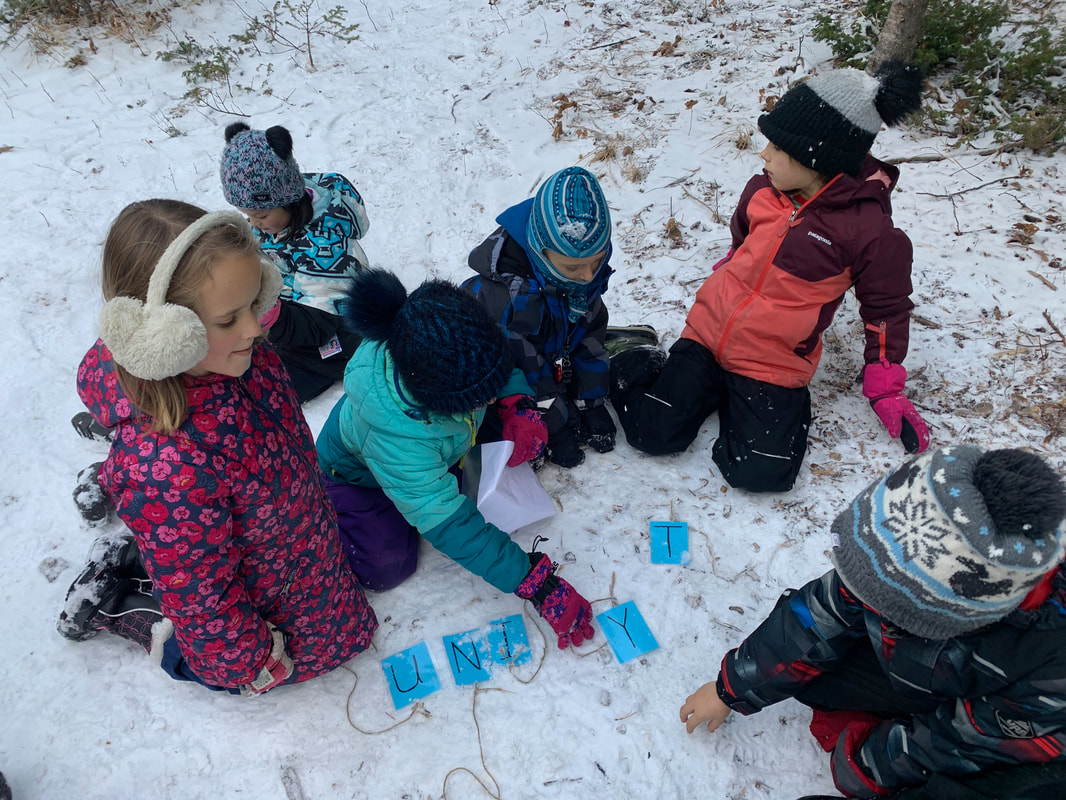
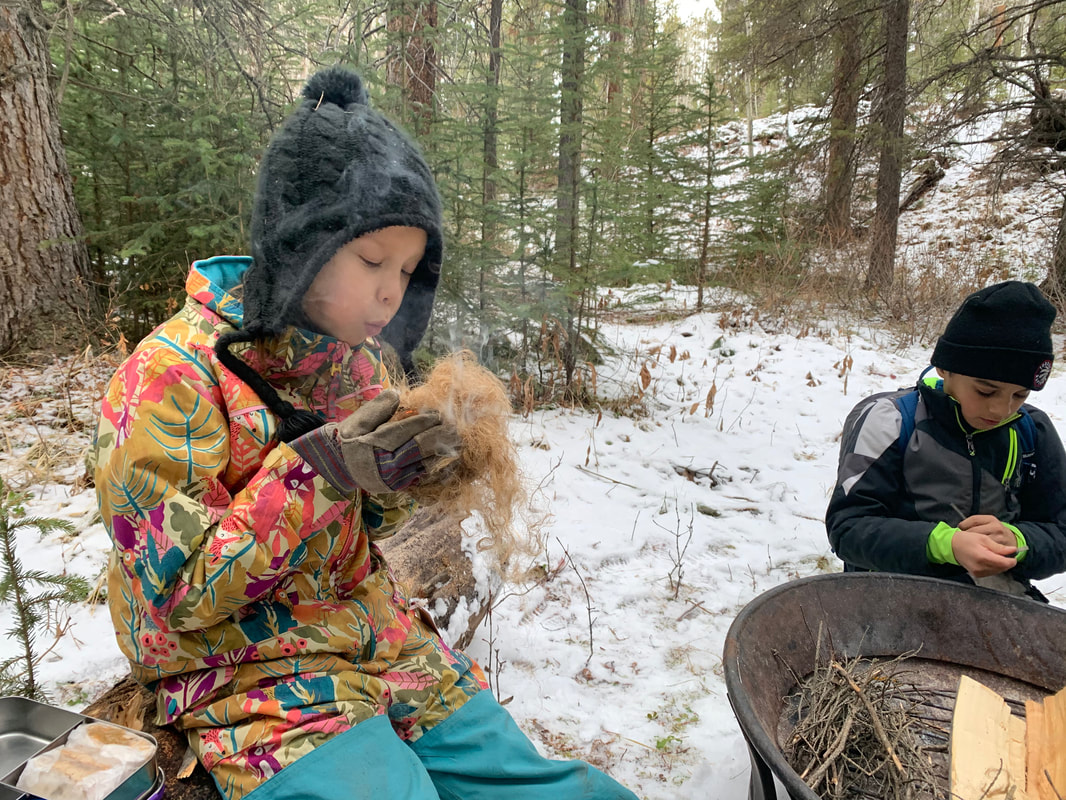
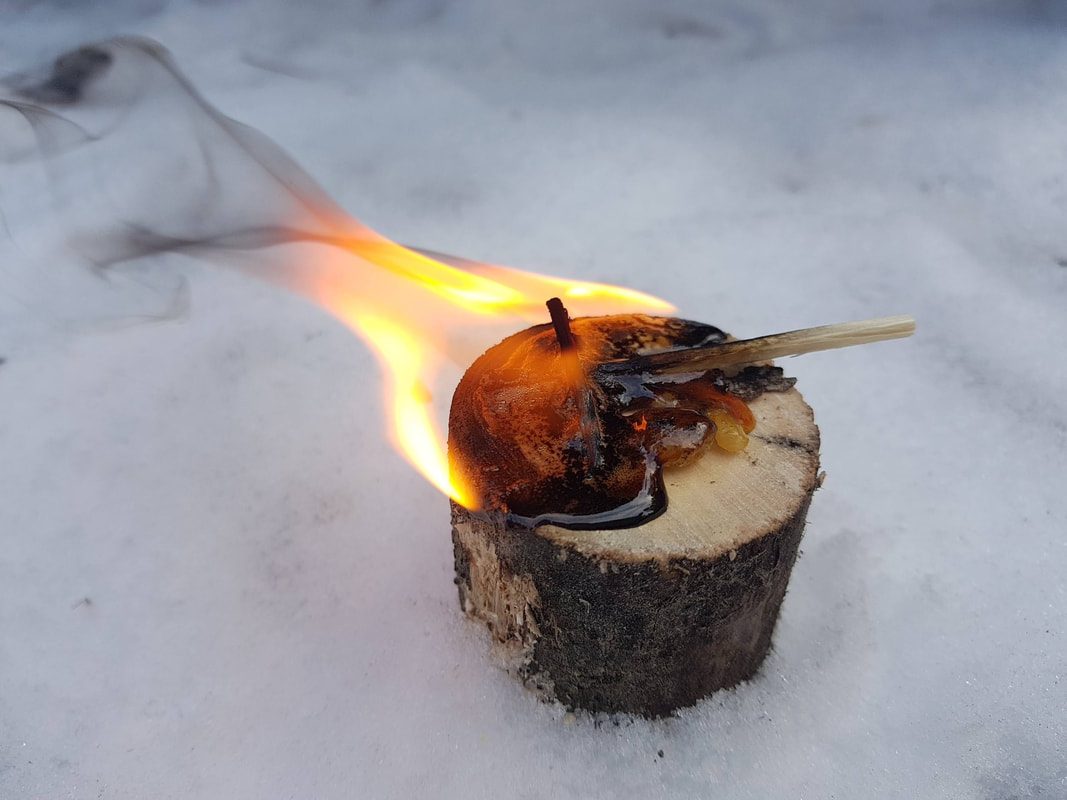
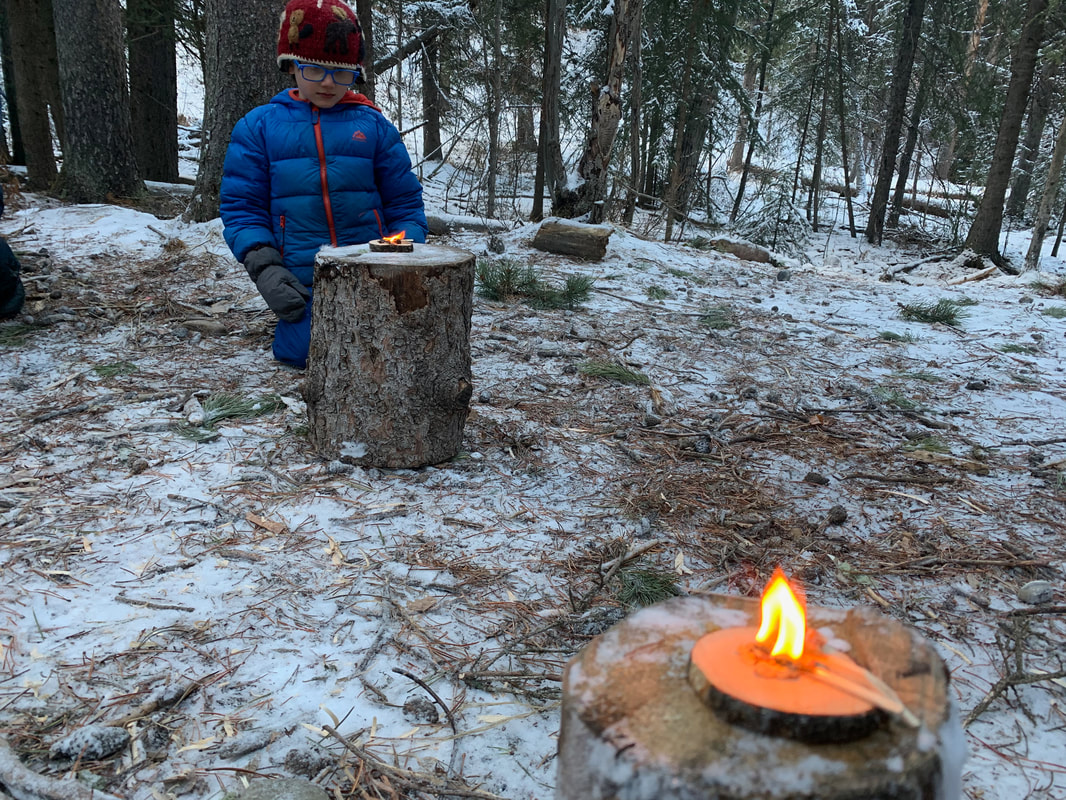
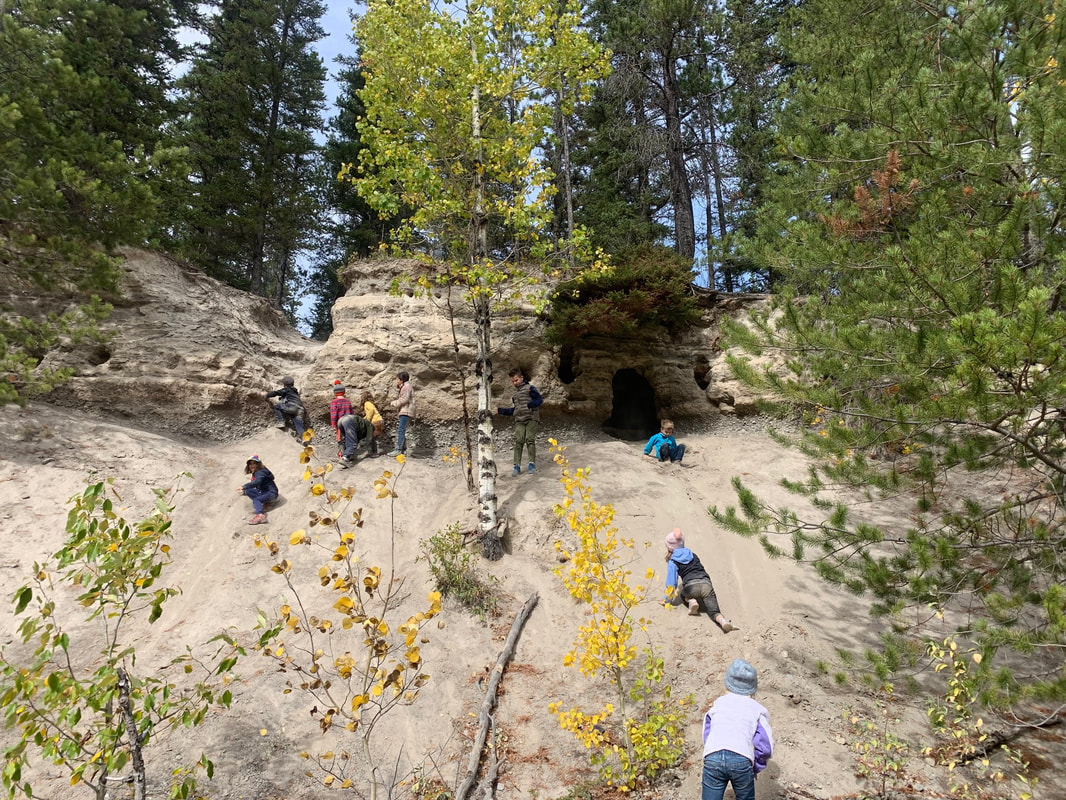
 RSS Feed
RSS Feed